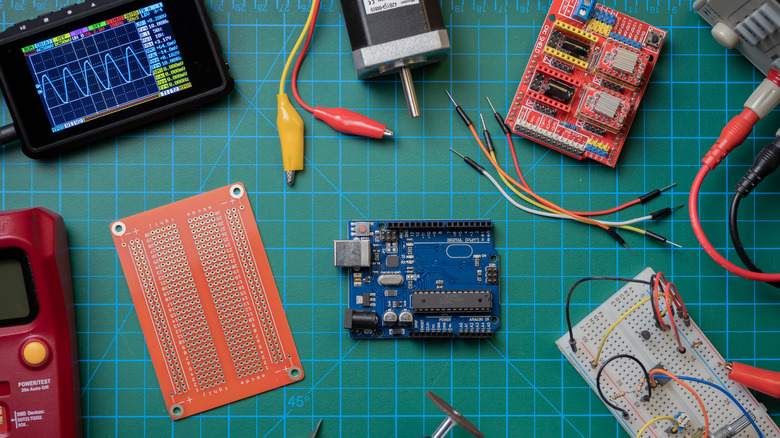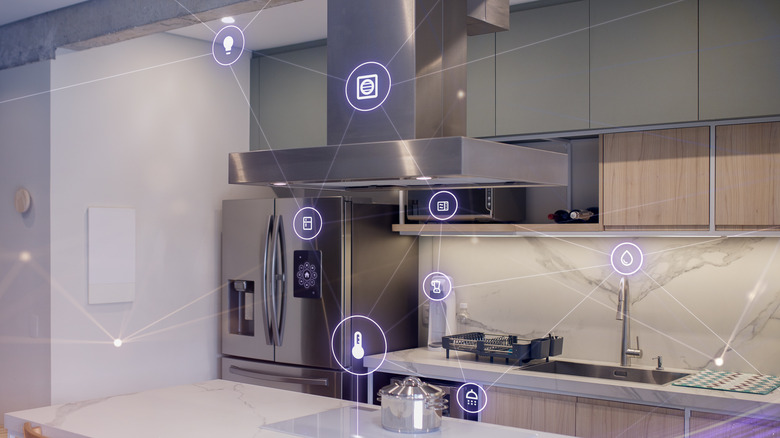This Money-Saving Project Can Turn An Arduino Into A Home Energy Monitor
In day-to-day life, there are financial concerns that we all have to juggle. Groceries, childcare, bills, insurance, and taxes are just some of the money matters that make being an adult such a uniquely stressful experience. Chief among them all, perhaps, are energy bills and mitigating the devastating impact they can have on our wallets.
In 2022, the International Energy Agency declared a "truly global energy crisis," the likes of which has never been experienced before. As a result, for households worldwide, closely monitoring and reducing energy use has been a priority. Devices dedicated to this purpose can be pricey in and of themselves, but enterprising Arduino users have created a brilliant answer.
Here's how modders created a home energy monitor from an Arduino, some wiring, and a little custom code. After all, if Arduino can be compatible with a Mazda Miata, why shouldn't it be able to monitor the various elements of a smart home?
The little home energy monitor that could
The project's creators chose to use Home Assistant for their hack, an open-source smart home platform that doesn't run through the cloud, so it's far less vulnerable to potential connectivity issues or privacy concerns. However, it requires a little ingenuity to connect with certain devices.
If there's one thing the users of Hackster boast in spades, though, it's ingenuity. With this retrofitting project, its creators combined an Arduino with a Finder Energy Meter (a device dedicated to helping users keep detailed track of their energy expenditure). They connected the Finder directly to the home's electrical system and, with some clever code, created a self-built energy monitor that links to Home Assistant, which you can download and try yourself if you don't mind a little DIY wiring.
Once everything is set up, the Finder's recordings will be available within Home Assistant, including Total Current, Total Power, Frequency, and more.
This is far from a universally practical approach, and only those qualified to do so should perform DIY on the main power supply in this way (it's not legal to do some in some places either, the project notes). Nevertheless, seeing what technology like this and Raspberry Pi can do in this area is fascinating.

